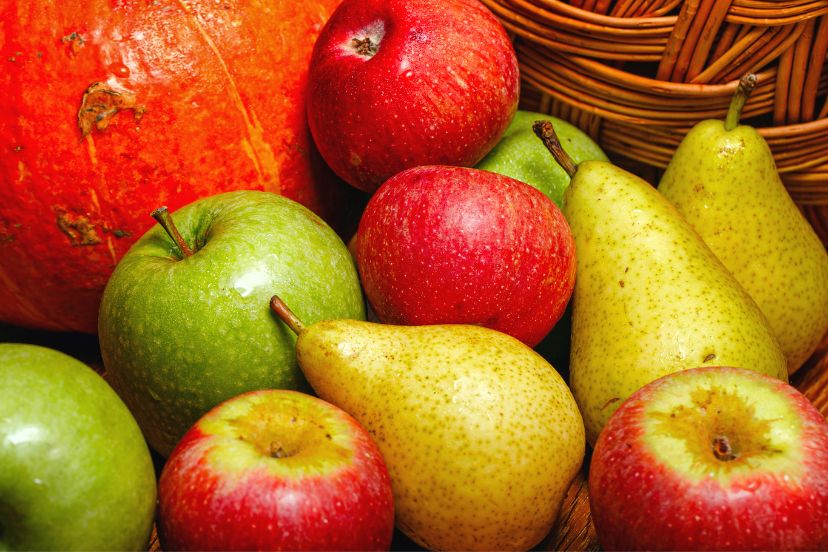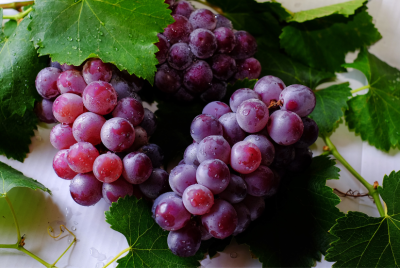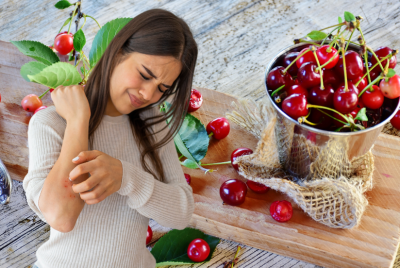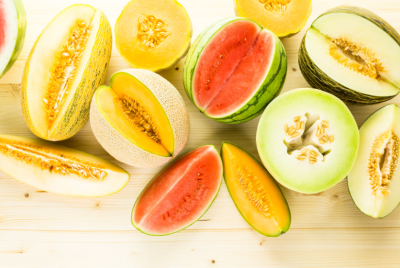Low Histamine Foods: A Guide to Managing Histamine Intolerance
Introduction:
As someone who has personally dealt with histamine intolerance, I understand the frustration and discomfort that comes with this condition. Histamine intolerance occurs when the body is unable to effectively break down and process histamine, leading to a range of symptoms such as headaches, hives, digestive issues, and more. One of the most effective ways to manage histamine intolerance is through a low histamine diet. In this article, we will explore the concept of low histamine foods, their benefits, and provide helpful suggestions to make your journey towards managing histamine intolerance easier and more enjoyable.
Understanding Histamine Intolerance
Histamine intolerance is a condition in which the body has difficulty metabolizing histamine, resulting in an excessive buildup of histamine in the body. This can be caused by a deficiency in the enzyme diamine oxidase (DAO), which is responsible for breaking down histamine. The excess histamine can lead to a range of symptoms, including itching, headaches, nasal congestion, digestive issues, and more. Identifying and managing the underlying causes of histamine intolerance is crucial for finding relief.
The Role of Histamine in Foods
Histamine is a naturally occurring compound found in various foods. It plays a crucial role in the immune system, acting as a chemical messenger. However, some individuals may be more sensitive to histamine or have reduced ability to break it down, leading to intolerance. Foods that are aged, fermented, or high in histamine can trigger symptoms in individuals with histamine intolerance. It is important to identify and limit the consumption of such foods to alleviate symptoms effectively.
Histamine Foods: The Basics
A low histamine diet focuses on reducing the intake of foods that are high in histamine or trigger the release of histamine in the body. While individual tolerances may vary, there are several categories of foods that are generally considered to be low in histamine. These include fresh fruits and vegetables, lean meats, poultry, fish, gluten-free grains, dairy alternatives, and certain herbs and spices. Incorporating these foods into your daily meals can significantly reduce histamine levels in the body.
Low Histamine Fruits and Vegetables
Fruits and vegetables are an essential part of a low histamine diet. Opt for fresh options such as apples, pears, mangoes, melons, broccoli, cauliflower, spinach, and kale. It is advisable to consume them when they are at their peak freshness to ensure lower histamine levels. Be cautious with avocado, tomatoes, and citrus fruits, as they can be higher in histamine for some individuals.
Lean Meats, Poultry, and Fish
When it comes to protein sources, opt for lean meats such as chicken and turkey. These are generally lower in histamine compared to processed or cured meats. Fresh fish, like salmon and cod, are excellent choices as well. However, it is crucial to consume these proteins when they are fresh, as histamine levels can increase with improper storage or prolonged exposure to air.
Gluten-Free Grains and Alternatives
For individuals following a low histamine diet, gluten-free grains and alternatives are great options. These include rice, quinoa, oats (certified gluten-free), and products made from alternative flours like almond flour or coconut flour. Be mindful of pre-packaged gluten-free products, as they may contain additives and preservatives that can trigger histamine release.
Dairy Alternatives
Dairy products can be problematic for individuals with histamine intolerance due to their high histamine content. Luckily, there are many dairy alternatives available, such as almond milk, coconut milk, and oat milk. These provide a delicious and nutritious alternative while avoiding the potential histamine triggers found in traditional dairy products.
Herbs, Spices, and Seasonings
Herbs, spices, and seasonings can add flavor and depth to your low histamine meals. Opt for fresh herbs like basil, cilantro, parsley, and thyme. However, be cautious with spices, as some can be high in histamine. Stick to milder options like turmeric, cumin, and paprika, and avoid blends that may contain potentially problematic ingredients.
Foods to Avoid with Histamine Intolerance
In addition to incorporating low histamine foods, it is equally important to be aware of foods that are high in histamine or can trigger its release. Some common culprits include aged cheeses, cured meats, fermented foods like sauerkraut and kimchi, alcoholic beverages, certain types of fish (e.g., tuna, mackerel), and processed or smoked meats. By minimizing or eliminating these foods from your diet, you can better manage your histamine intolerance symptoms.
Supporting a Low Histamine Diet
While focusing on low histamine foods is key, there are additional strategies that can support your journey towards managing histamine intolerance. These include eating smaller, more frequent meals to avoid overwhelming the body’s ability to process histamine, cooking fresh foods at home to have better control over ingredients, staying well-hydrated to promote healthy digestion, and managing stress levels as stress can worsen histamine intolerance symptoms.
Seeking Professional Guidance
Histamine intolerance can be complex, and it may be beneficial to seek guidance from a healthcare professional, such as a registered dietitian or allergist. They can provide personalized advice, identify potential triggers, and create a tailored low histamine diet plan that suits your individual needs and preferences. Remember, everyone’s journey is unique, and professional guidance can greatly enhance your management of histamine intolerance.
Conclusion:
Histamine intolerance can significantly impact one’s quality of life, but it doesn’t have to control it. By adopting a low histamine diet and making mindful choices about the foods you consume, you can effectively manage your symptoms and improve your overall well-being. Remember, finding the right balance of low histamine foods requires experimentation and self-awareness. Embrace the journey and empower yourself with knowledge, and you’ll be well on your way to living a more comfortable and vibrant life.
FAQs:
Can histamine intolerance be cured?
Histamine intolerance cannot be “cured” in the traditional sense since it is a metabolic disorder. However, it can be effectively managed by following a low histamine diet and avoiding triggers. By adopting these dietary changes and making lifestyle adjustments, individuals with histamine intolerance can experience a significant reduction in symptoms and an improved quality of life.
Are there any medications available to treat histamine intolerance?
There are no specific medications designed to treat histamine intolerance itself. However, certain medications, such as antihistamines, may be prescribed to alleviate symptoms like itching or congestion. These medications work by blocking the effects of histamine in the body. It is important to consult with a healthcare professional to determine if medication is necessary and to discuss potential side effects.
Can stress worsen histamine intolerance symptoms?
Yes, stress can potentially worsen histamine intolerance symptoms. Stress can lead to increased histamine release in the body, making symptoms more pronounced. Therefore, managing stress levels through relaxation techniques, mindfulness practices, and self-care can be beneficial for individuals with histamine intolerance.
Are there any additional lifestyle changes that can help manage histamine intolerance?
In addition to following a low histamine diet, there are lifestyle changes that can support the management of histamine intolerance. These include practicing stress management techniques, getting regular exercise, ensuring adequate sleep, and avoiding exposure to other known triggers such as environmental allergens, certain medications, and high levels of histamine-releasing substances like alcohol and tobacco.
Can children develop histamine intolerance?
Histamine intolerance is more commonly observed in adults, but it can also affect children. Children may experience symptoms such as eczema, digestive issues, behavioral changes, or chronic congestion. If you suspect histamine intolerance in your child, it is important to consult with a pediatrician or a healthcare professional who specializes in allergies and intolerances. They can provide a proper diagnosis and guide you in managing your child’s diet and symptoms effectively.
Remember, it is essential to consult with a healthcare professional for personalized advice and guidance tailored to your specific circumstances.




